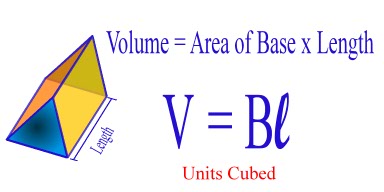
* n32 symmetry mutation of omnitruncated tilings: 4.6. For p 6, they are tilings of the hyperbolic plane, starting with the truncated triheptagonal tiling. This polyhedron can be considered a member of a sequence of uniform patterns with vertex figure (4.6.2p) and Coxeter-Dynkin diagram. Related polyhedra and tilings Uniform hexagonal dihedral spherical polyhedra It also exists as cells of a number of four-dimensional uniform 4-polytopes, including: Let’s plug the given dimensions into the volume formula. Solution: 1.) We have all values needed to use the volume formula directly. Rhombitriangular-hexagonal prismatic honeycomb Find the volume of a hexagonal prism with a base edge length of 20 and a prism height of 10. Snub triangular-hexagonal prismatic honeycomb It exists as cells of four prismatic uniform convex honeycombs in 3 dimensions: Step 3: The volume of the hexagonal prism base area × height 332.544 × 8 332.544cubic feet.

The topology of a uniform hexagonal prism can have geometric variations of lower symmetry, including: The steps to determine the volume of the hexagonal prism are: Step 1: The area of the base of the hexagonal prism is found using the formula, (33)/2a 2 (33)/2 (4) 2 41.568 square feet.

It can be seen as a truncated hexagonal hosohedron, represented by Schläfli symbol t. If faces are all regular, the hexagonal prism is a semiregular polyhedron, more generally, a uniform polyhedron, and the fourth in an infinite set of prisms formed by square sides and two regular polygon caps. To calculate the volume of a hexagonal prism you can use the formula for all prisms, where the area of the base is multiplied by the length of the prism. 1 As a semiregular (or uniform) polyhedronĪs a semiregular (or uniform) polyhedron.


 0 kommentar(er)
0 kommentar(er)
